A Beginner’s Guide to Dropshipping Products from China
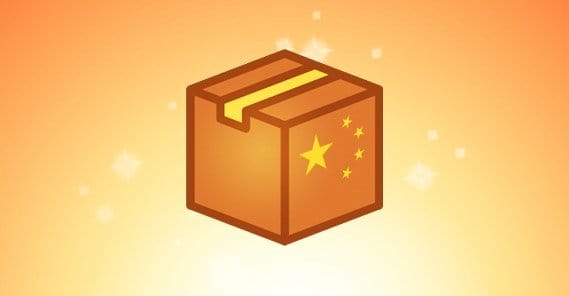
Dropshipping is a unique form of business online that takes advantage of a variety of services available to you as an entrepreneur, to run a storefront without needing to keep inventory. It’s sort of like a cross between retail sales and affiliate marketing.
How Dropshipping Works
At the most basic level, dropshipping is simply buying an item and reselling it. However, it’s not buying on speculation; you’re not buying 500 of an item and then listing it on eBay and hoping all 500 sell.
The reasons you don’t want to do that are pretty simple. First of all, it’s a sizable up-front investment. If the product you buy costs you $5 per unit, that’s $2,500 you have to pay up front. Then you have to pay to have them all shipped to your house, or whatever storage warehouse you set up for it. You have to have the space to store them, and you have to keep track of your inventory. Then you have to sell them for more than $5 plus the cost of shipping and storage. To make a per-unit profit you need to sell for something like $10. If they all sell, you get $5,000, for a $2,500 profit minus the cost of shipping and storage. That’s just the thing, though; what if they don’t all sell?
I’ve seen stories time and again of people who think this is a viable business model, and end up with hundreds or thousands of units of some gimmicky fad product sitting in their garage, taking up space and embodying the sunk cost fallacy.
With dropshipping, you cut out every single one of those flaws. What you do is set up a website with the products you want to sell, at the prices you would need to sell them to make a profit. When a customer comes and orders one of them, you turn around and place the order with the wholesaler who produces the item. You pass along the money and the shipping information, and wash your hands of it. It’s up to the wholesaler to keep their own inventory. It’s up to them to fulfill the order, shipping the item to the right place and on time. The only thing you might have to handle is a customer service issue.
Why Dropshipping Works
You might ask yourself; if you can buy an item for $5 from a wholesaler or $10 from a dropshipper, why would you ever buy it from the dropshipper? Why does dropshipping even work in the first place? The truth is, there are a few reasons for this.
- Some wholesalers don’t do single order business. They work with dropshippers because the dropshippers can be relied upon to send tens, hundreds, or thousands of orders per month. Individual sales require a lot more tracking and infrastructure, meaning more investment, meaning less profits for the wholesaler.
- Some wholesalers don’t bother to make themselves available to the general public. One of the hardest parts of starting a dropshipping business is making connections with wholesalers. You have to identify a product you want to sell, you have to find a wholesaler that produces it, and you need to make a deal with them. Wholesalers are generally difficult to locate due to little or no web presence; it’s hard for a dropshipper to locate and impossible for the average consumer.
- Some wholesalers don’t care to do the marketing themselves. Remember where I said dropshipping is sort of like affiliate marketing? Your primary job as a dropshipper is to do the marketing to get the sales of the product rolling. The wholesaler doesn’t want to do the marketing themselves; if they did, they wouldn’t need you.
However, don’t take this all to mean that dropshipping is sunshine and rainbows. Much like affiliate marketing, due to the low cost of entry, it’s a very crowded industry. As such, just about any product worth selling has a dozen people selling it already, and your profit margins are going to be slim. The example of selling a $5 product for $10 is an impossible dream; most of the time you’ll be selling your $5 product for $5.50. Your true profits come in the form of extreme volume, not in individual pricing.
Appropriate Sourcing of Wholesalers
Since your profits come from selling while being average or below market price, you might be tempted to source cheaper versions of the products. This is why there are $40 counterfeit purses made to look superficially like $400 purses. It’s also why people buy items for $1 from Chinese manufacturers rather than for $5 from American manufacturers.
There’s nothing wrong with this approach, but it does have some unique pitfalls compared to sourcing your products domestically.
The products might not be as high quality. The reputation for cheap quality products made in China is not a joke. There are some high quality manufacturers there, but often the ones willing to work with dropshippers are working with the lowest quality sources, the least quality control, and the worst blueprints and designs. You have to do a lot of searching to find a wholesaler that isn’t going to provide you with poor quality products.
For the record, I’m not just talking about “the stitching is off in this handbag” here. I’m talking about cheap electronics that don’t adhere to modern design codes and that can literally be deathtraps. That’s the sort of issue you might come across with certain types of products. Even if they don’t kill someone, they can still cause a lot of customer service issues when people get different models or different colors of items form what they had wanted.
The shipping costs might be exorbitant. Have you ever paid to have something shipped from China? Often times, the shipping can be as much as the product, if the product was cheap enough to begin with. International shipping is not a joke; it can be excessive for small products.
The ability to communicate with the wholesaler is often lost. Do you speak Chinese? If you do, good, you’re ahead of the pack and can probably make some good deals with some good manufacturers. If you don’t, though, chances are you’re going to have a hard time of it. Communicating across an international barrier in a language you don’t know is extremely difficult, and it’s even worse with China and their national Firewall. The most successful China-based dropshippers I know are people who actually lived in China for years before moving back to their home countries to start their businesses. They made connections in person, they didn’t try to do it with broken Google Translate emails.
Items might get stuck in customs. The other thing about shipping from China is import customs. Depending on how the item is shipped, what it’s packaged in, what substances were rubbed on it from other passing boxes, what the customs official feels like that day, and what the weather was, your items might get stuck in customs for days or weeks. I’ve heard tales of individual items stuck for months. They are generally released, but often not without damage. Even if there’s no damage to the item, there’s damage to your customer relationship, as they wait for what should be shipped in five days only to arrive a month later. It’s also possible that the package is rejected and returned to China, the order cancelled. Do you have a contingency plan for dealing with this situation?
You often have to pay an import tax. Pretty much every country has an import tax on goods coming from China. Some countries have steeper taxes than others. Malaysia, for example, has some extreme import rules. The UK has some strict rules as well, and they might change radically when the whole Brexit situation shakes out.
Worse, sometimes dropshippers or wholesalers try to declare the items as a gift rather than a commercial good. Gifts are not subject to import taxes, but they’re also generally not expected to be numbering in the thousands. It’s really easy to get caught in this situation, and then either your business relationship folds or someone has to eat a pretty steep penalty. Chances are it’s not going to be the wholesaler, either.
Some shady wholesalers fold overnight, leaving your business lost. It’s not uncommon for entire factories to up and disappear overnight in China. Sometimes it’s due to a massive explosion, sometimes it’s the CEO of the factory bailing with their money, and sometimes you’ll never know the real story. The company you’re relying on to fulfill your business orders can disappear without notice and you’re left with customer orders unfulfilled, products that can’t be purchased, and a business that can go nowhere.
As with most kinds of freelance entrepreneurship, diversification is important. You want to avoid ending up in a situation where one company folding over and disappearing won’t make you do the same. However, it’s a lot harder to pull this off with Chinese warehouses than it is with domestic versions of the same.
Chinese wholesales often sell via AliExpress, eBay, and Amazon. This is perhaps one of the biggest issues you’ll come across. Not only are you competing with other dropshippers to sell your products; you’re often competing directly with the wholesalers as well. Chinese wholesalers often create accounts on these kinds of sites to sell their products directly. Worse, sometimes they set up frontmen in countries like the UK and US, so the shipping address appears domestic and to avoid some of the steeper import taxes. Essentially, they’re just doing what you want to do, but doing it better, with more resources behind it.
Essentially, you just need to do an absolute ton of legwork to find a good wholesaler for products you want to sell. You need to:
- Make sure to get samples of what you’re looking to sell before you begin to carry the product, to make sure it’s something you’re confident to represent.
- Make sure to find wholesalers willing to ship small orders; it’s faster and costs less overall.
- Make sure you’re paying via a method like Trade assurance or PayPal, where you as the buyer have more protections against potential overseas fraud.
- Make sure the products you’re offering are not poor counterfeits. There’s a business there, but it’s technically illegal and you can be shut down by a C&D from the real brand at any time.
Meanwhile, you have to consider some of the intricacies of international shipping and Chinese buying.
- Avoid products that are large, bulky, fragile, or otherwise potentially damageable in shipping. Small, sturdy products do the best.
- Avoid products that are extremely branded. When was the last time you personally purchased an off-brand toothbrush or other personal care item? Would you trust a skin cream produced in China?
- Avoid products that are extremely common. Sure, maybe there’s some good money to be made in a certain type of toy, but if there are 25 major websites already selling them, do you have the marketing chops to compete?
- Oh, and avoid buying into paid lists of “exclusive” suppliers. They’re not exclusive and, since they already know you paid for the connection, they know you’ll pay higher prices for the items.
I’m not saying you can’t make a good business based on dropshipping items from China. All I’m saying is that it’s going to be harder than you expect, and that you have to be willing to be persistent and to deal with some setbacks. If you’re determined to get into dropshipping, it might be better to stick with domestic production until you have more experience.

 ContentPowered.com
ContentPowered.com
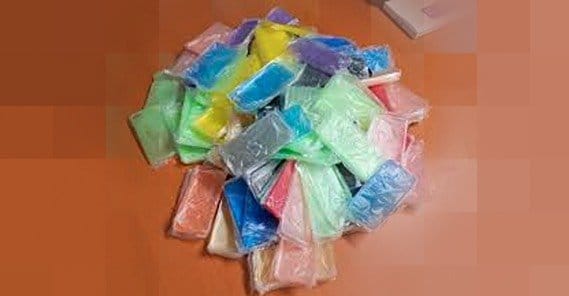
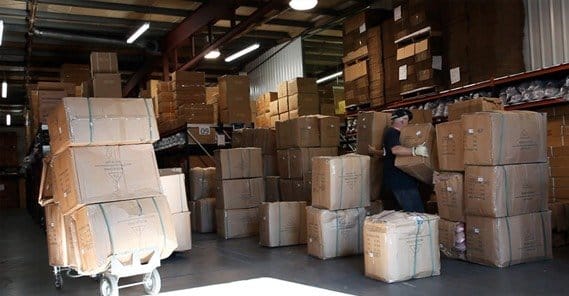

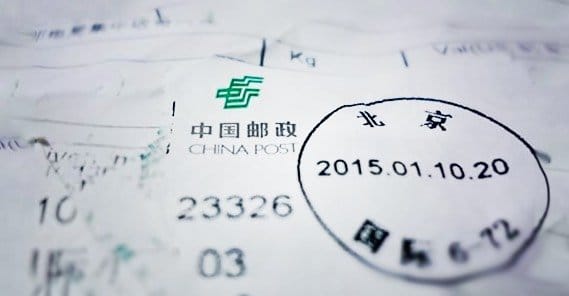



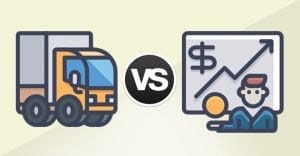
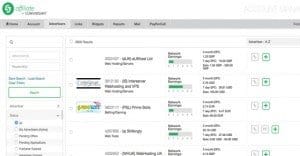
Samwel Dollah
says:So much insights in one guide buddy,thanks eventhough Chinese suppliers tend to take too much time to ship items this has caused some shops to be closed down due to paypal limitattion and disputes.